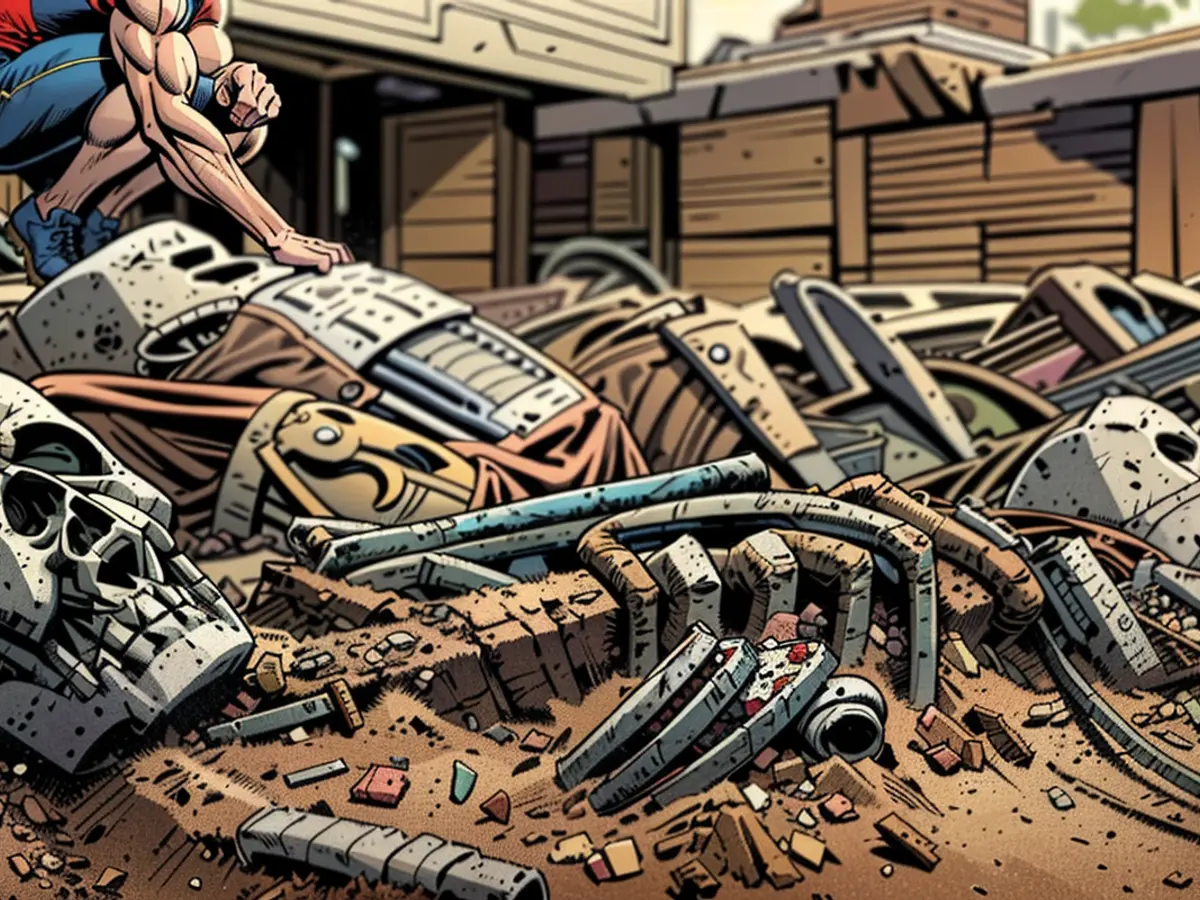- A vast plague cemetery holds scientific treasures
Excavations at a vast 17th-century plague cemetery in Nuremberg are nearing their end. More than 2000 remains from the 17th century have already been unearthed, according to city archaeologist Melanie Langbein, with hundreds more plague victims still buried beneath the surface. It is already clear, she says, that this is the largest plague cemetery ever discovered in Germany. The scientific findings could be manifold.
That this was a significant discovery was already apparent to Langbein and her team at the beginning of the year. At the time, she estimated that there were more than a thousand dead who, in the opinion of experts, had died in 1632/33 during a major plague wave. The number could now be as high as 2800 to 3000.
"This number is already very surprising," says Langbein. The dead are lying in many layers on top of each other. The experts have to dig up to one and a half meters deep into the earth to carefully uncover the bones, which are greenish in color because a copper mill had previously disposed of waste on the site.
Bones tell the story of life in those days
According to Langbein, a lot can be learned about the people in the first half of the 17th century from the bones. "We have really all age groups represented: old, young, men, women, small children, infants. The entire population cross-section is present, and that makes it so exciting when it comes to the anthropological evaluation." Among other things, researchers can find out how people lived at the time, what diseases they suffered from, how hard they had to work, and whether they had signs of malnutrition.
Researchers also hope to gain important insights into the development of the plague, according to Langbein, as DNA of the pathogen could be extracted from the teeth of the dead. Another research project focuses on intestinal parasites, for which the experts have already taken samples from the pelvises of the dead. Furthermore, a forensic scientist is interested in insect remains from the mass graves and wants to obtain precise information about the time of death, as explained by the excavation company In Terra Veritas in a video.
It is also exciting that clothing remains have been preserved in the sandy soil, said Langbein. Leather, wool, and textiles usually rot quickly in the ground. This allows conclusions to be drawn about everyday clothing, as the dead in the mass graves were not buried in shrouds as was usually the case. And precisely about this everyday fashion, less is known than about festive clothing and ornate garments that have sometimes been preserved for centuries.
However, the research is still in its early stages, said Langbein. "This is a project that will likely span several years." Now, the excavation is the main focus, so that the site can be made available for construction work as soon as possible. A nursing home and apartments for senior citizens are planned on the approximately 5900 square meter site.
The excavation of this vast plague cemetery is significant for the field of Archaeology, as it provides an unprecedented opportunity to study life and diseases during the 17th century. Moreover, the presence of well-preserved clothing remains in the sandy soil offers a unique chance to examine everyday fashion of that era, which is less documented compared to festive clothing.







